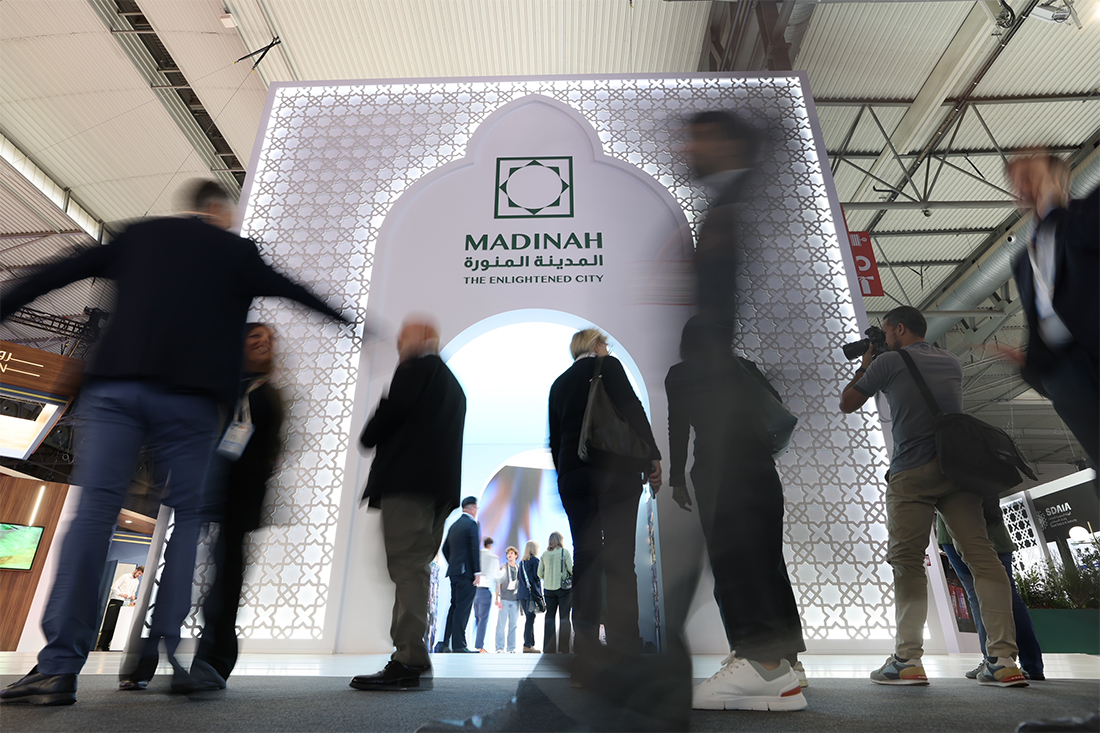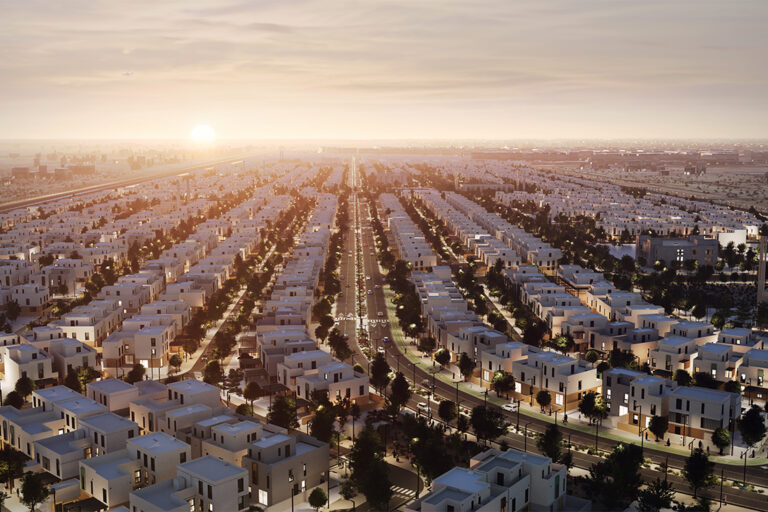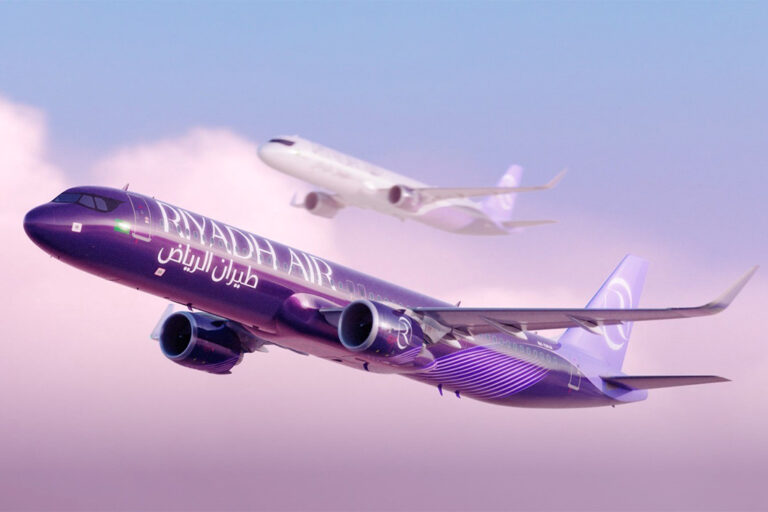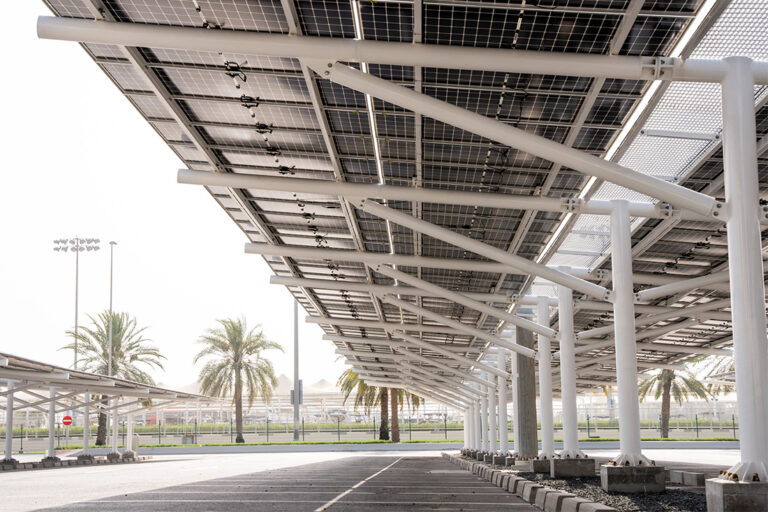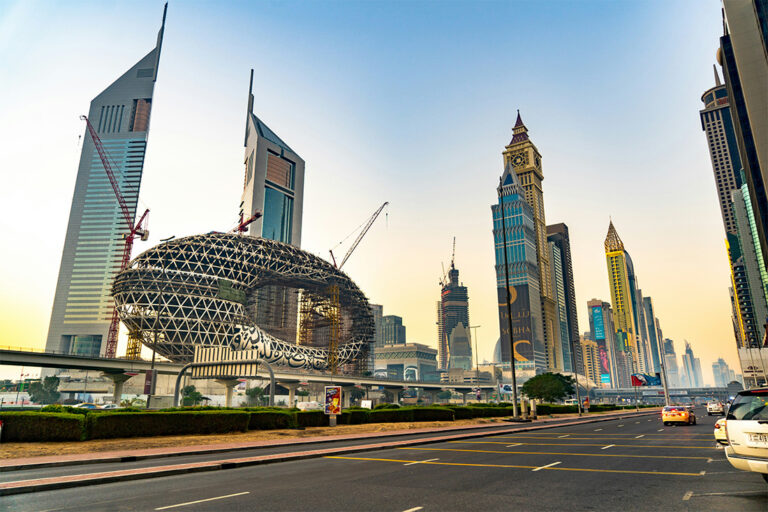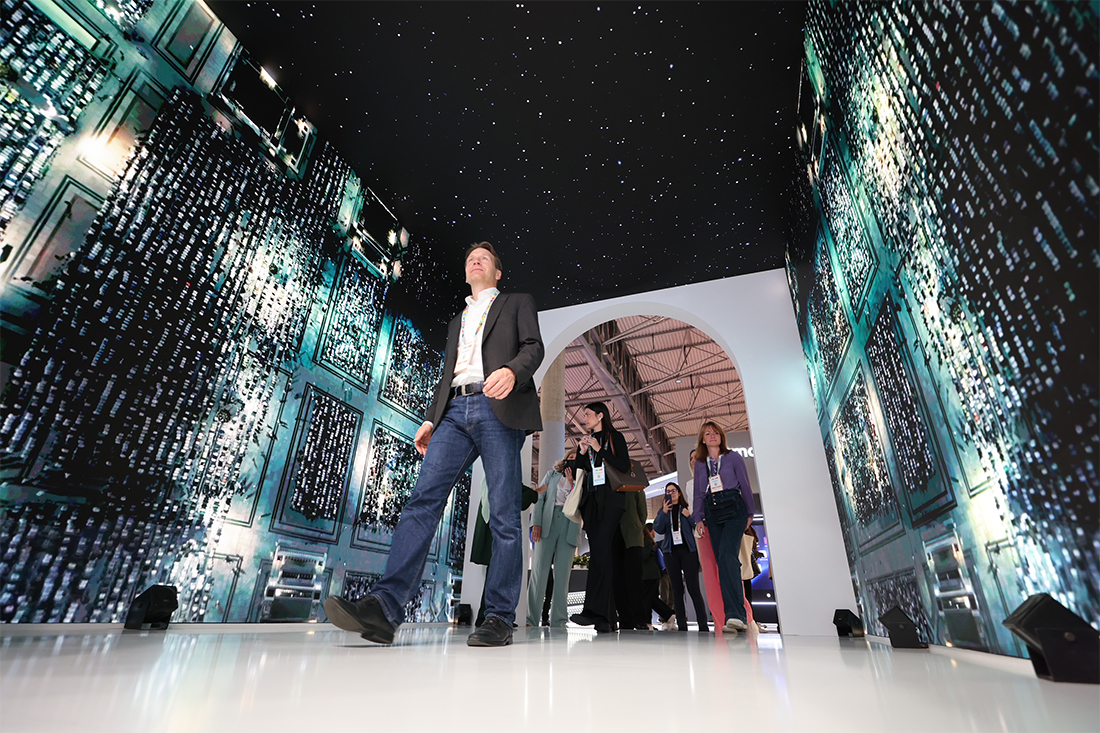
Madinah, a city renowned as Islam’s second holiest, is stepping into the future as it redefines what it means to be a smart city. This cherished city has welcomed millions of spiritual visitors for centuries, with last year’s numbers reaching 14 million. The target is to double this figure by 2030, but the transformation is about more than managing numbers. It’s about preserving the tranquility and cultural essence of Madinah while introducing technology that enhances the quality of life for both residents and visitors.
“Our vision is for Madinah to be the most tranquil, smart, and sustainable city in the world,” says Abdulrahman Ibrahim, Chief Data and Innovation Officer at the Madinah Region Development Authority. His approach is unique and purposeful, putting people, not technology, at the heart of the city’s transformation. “Tranquility is the DNA of our city,” Ibrahim explains, “and for us, being a smart city means enhancing that spirit, not overwhelming it with unnecessary technology.” This philosophy aligns with Saudi Arabia’s Vision 2030, which seeks to harmonize cultural heritage and sustainable development in a way that respects and enriches local identities.
This human-centered approach began with engaging Madinah’s 1.5 million residents and the millions who journey to the city each year. Through surveys, focus groups, and workshops, the team compiled a City Experience Playbook that maps out 148 distinct journeys, capturing the unique rhythms of Madinah’s daily life. “Instead of vendors pushing solutions to us, we present them with our playbook and ask them to align their technologies with the experiences we’ve outlined,” says Ibrahim. “We want solutions crafted specifically for Madinah—not for Shanghai or Barcelona.”
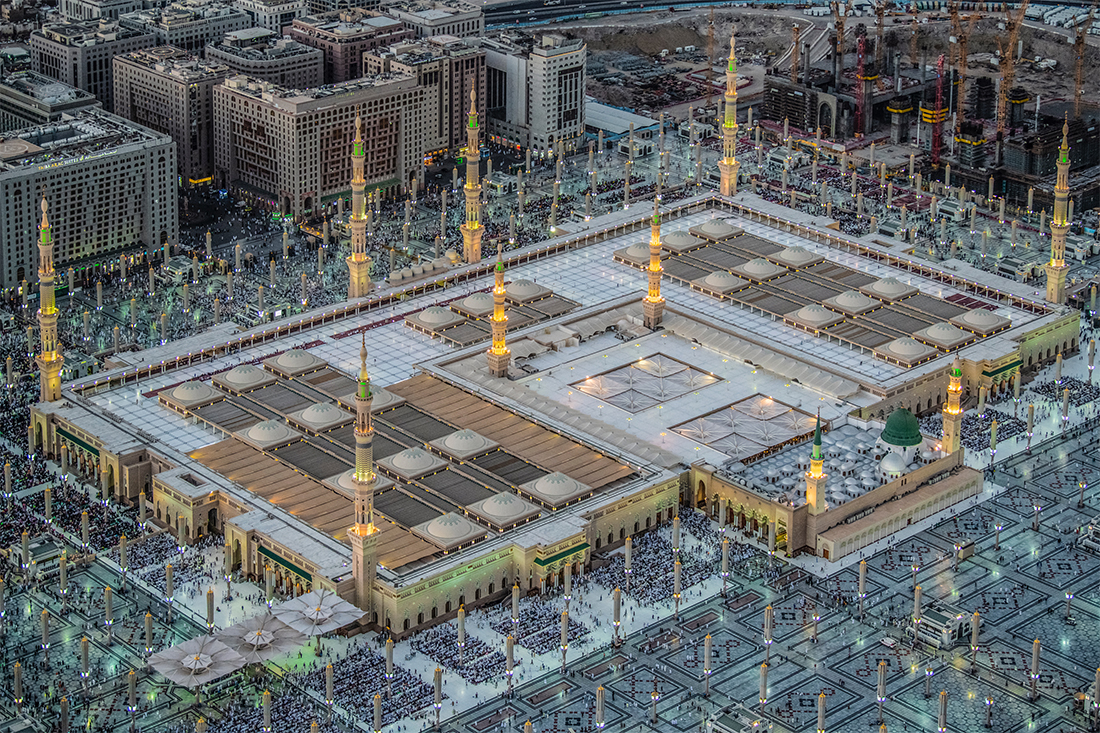
One of the city’s most ambitious initiatives is the “City Living Museum,” which turns all of Madinah into a living, open-air museum. Using technologies like augmented reality, the museum creates an immersive experience that allows visitors to interact with the city’s historical sites in new and meaningful ways. For Ibrahim, the project is about more than showcasing select locations; it’s about weaving the city’s rich heritage into every visitor’s experience. “This initiative respects the entire cultural tapestry of Madinah, balancing economic growth by drawing attention to less-visited areas and creating a fuller, more equitable experience across neighborhoods.”
Shakespeare said, “What is the city but the people.” In Madinah we say “What is the smart city but people’s experiences.”
Abdulrahman Ibrahim, chief data & innovation officer, Madinah Region Development Authority
Madinah’s vision includes managing the practical pressures of rising tourism. With the goal to welcome 30 million visitors annually by 2030, the city is using AI and data analytics to monitor and address potential stress points. From water and energy use to transportation and crowd dynamics, these technologies ensure that Madinah can sustain this growth without straining resources or impacting quality of life. “Our approach is proactive,” Ibrahim emphasizes. “We use technology to pinpoint pressure points and implement strategic interventions so Madinah can manage its growth sustainably.”
Global collaboration has been instrumental in Madinah’s progress. At the recent Smart City Expo in Barcelona, Madinah signed agreements with several prominent international institutions, including the University of Melbourne’s resilience research network and Japan’s Smart Cities Institute. For Ibrahim, these partnerships offer valuable insights that can help Madinah enhance resilience and quality of life, reinforcing its commitment to a sustainable future.
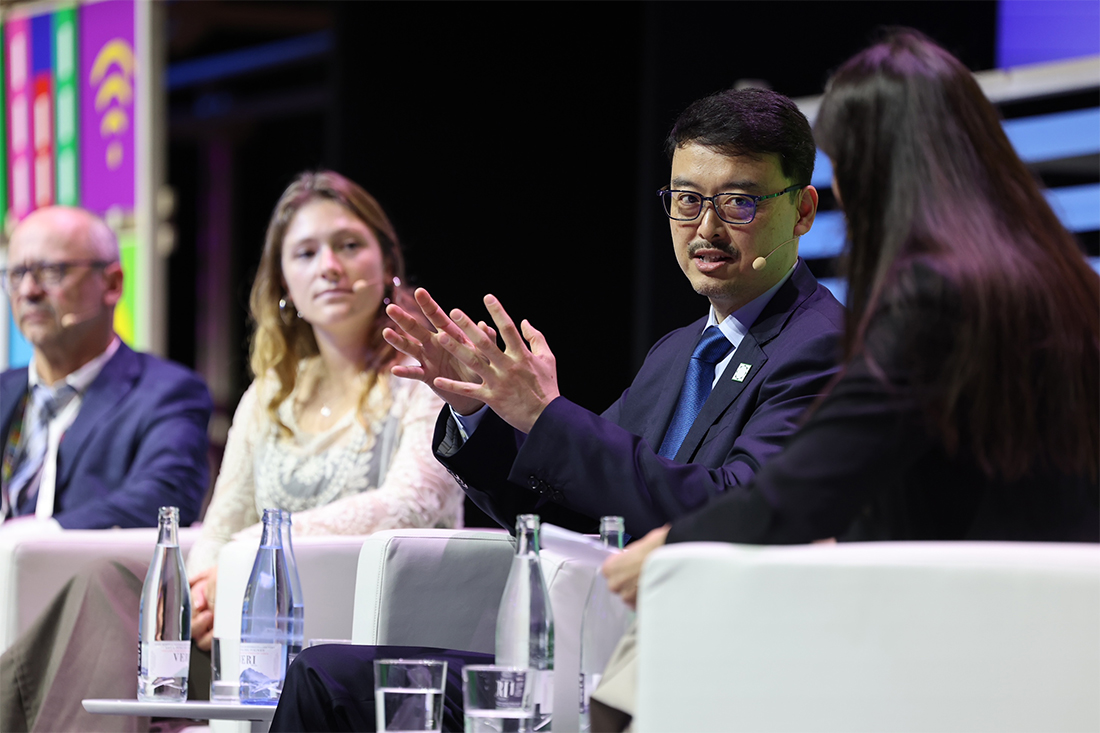
As Madinah moves forward, its transformation remains true to the character that has defined it for centuries. Hospitality and humility are woven into the identity of this city, which first welcomed the Prophet Muhammad and his followers over 1,400 years ago. This tradition continues today, as residents embrace the millions who arrive each year. Ibrahim notes, “The people of Madinah have hospitality in their DNA, just as they have humility. Our focus is on enhancing that spirit, not disrupting it. Unlike cities where tourism can sometimes lead to tension with locals, Madinah’s residents take pride in being hosts.”
For Madinah, the journey to becoming a smart city is not a departure from its roots but an evolution that celebrates and preserves its identity. Rather than compromising its soul, the city is enhancing its historical values with a vision for the future that is both ambitious and profoundly respectful. In an era where technology often takes the lead, Madinah’s people-centered blueprint reminds us of what it truly means to be “smart.”





